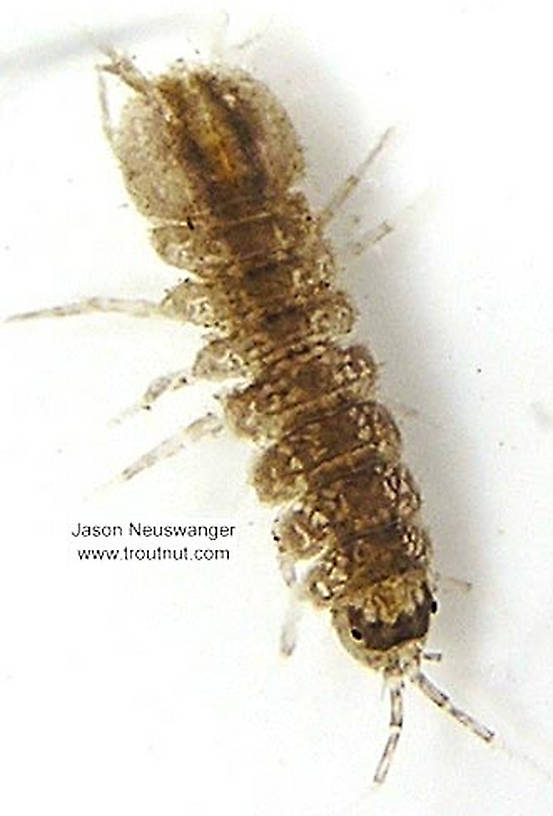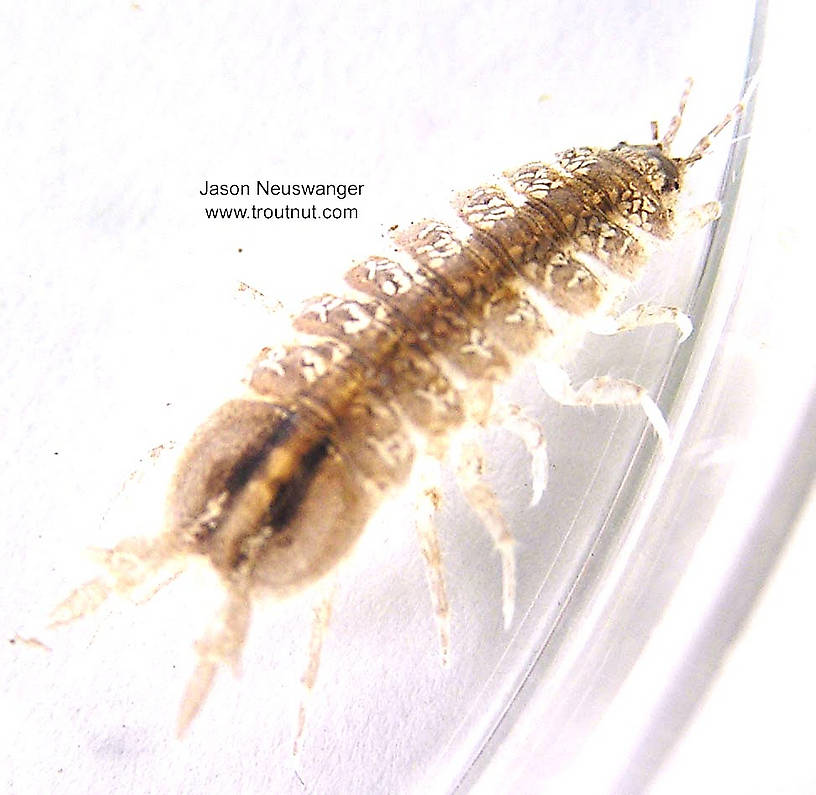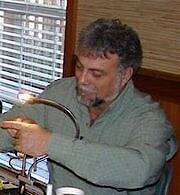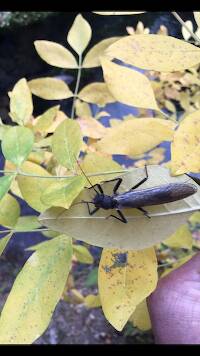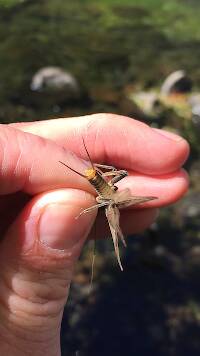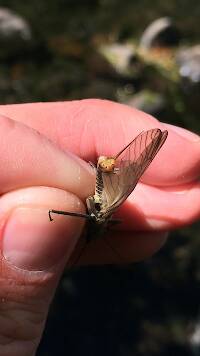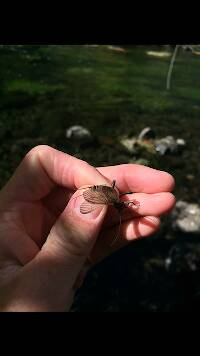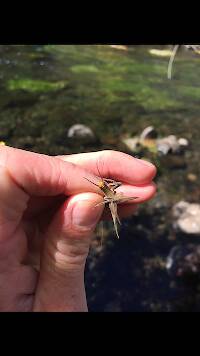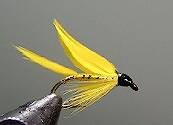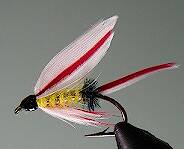
Salmonflies
Pteronarcys californica
The giant Salmonflies of the Western mountains are legendary for their proclivity to elicit consistent dry-fly action and ferocious strikes.
Featured on the forum

Troutnut is a project started in 2003 by salmonid ecologist Jason "Troutnut" Neuswanger to help anglers and
fly tyers unabashedly embrace the entomological side of the sport. Learn more about Troutnut or
support the project for an enhanced experience here.
This topic is about the Arthropod Order Isopoda
Sowbugs are not quite as prolific or as important as scuds (Amphipoda), but in certain waters they are more common and serve the same role.They should not be imitated with the same patterns because they are much more wide and tend to sprawl their legs to the side instead of tucking them neatly under the body. They crawl around instead of swimming, so they are probably best imitated with a dead-drift.
They produce new broods once every two months, allowing them to populate a stream very quickly if enough food is there to support them.
This order also includes popular terrestrial species commonly known as pillbugs or rolly polies. They aren't known to be relevant to fly fishermen.
Example specimens
Martinlf on Jan 26, 2011January 26th, 2011, 6:06 am EST
Do these look like the bug you ask about in your post?
"He spread them a yard and a half. 'And every one that got away is this big.'"
--Fred Chappell
--Fred Chappell
FredH on Jan 26, 2011January 26th, 2011, 6:13 am EST
I believe that's the bug. Thanks Martin . Do you know how these guys move in the water and what the standard patterns are?
Jmd123 on Jan 27, 2011January 27th, 2011, 7:15 am EST
There was a recent article in one of the fly fishing magazines about these critters and their imitations. I don't remember which one so I will go look through my stacks tonight and see if I can find it for you.
Jonathon
Jonathon
No matter how big the one you just caught is, there's always a bigger one out there somewhere...
Jmd123 on Jan 28, 2011January 28th, 2011, 1:21 am EST
Found the article - American Angler, January/February 2011, pp. 56-57, entitled "Cressbugs" in the Natural Reflections section of the magazine. It includes an imitation pattern for them too.
I hope this helps!
Jonathon
P.S. Go to www.americanangler.com to find it online.
I hope this helps!
Jonathon
P.S. Go to www.americanangler.com to find it online.
No matter how big the one you just caught is, there's always a bigger one out there somewhere...
FredH on Jan 28, 2011January 28th, 2011, 2:53 am EST
Thanks Jonathon . I'll let you know what i come up with.
Fred
Fred
Quick Reply
Related Discussions
Topic
Replies
Last Reply
13
Mar 13, 2008
by Wbranch
by Wbranch
1
May 9, 2014
by Falsifly
by Falsifly



